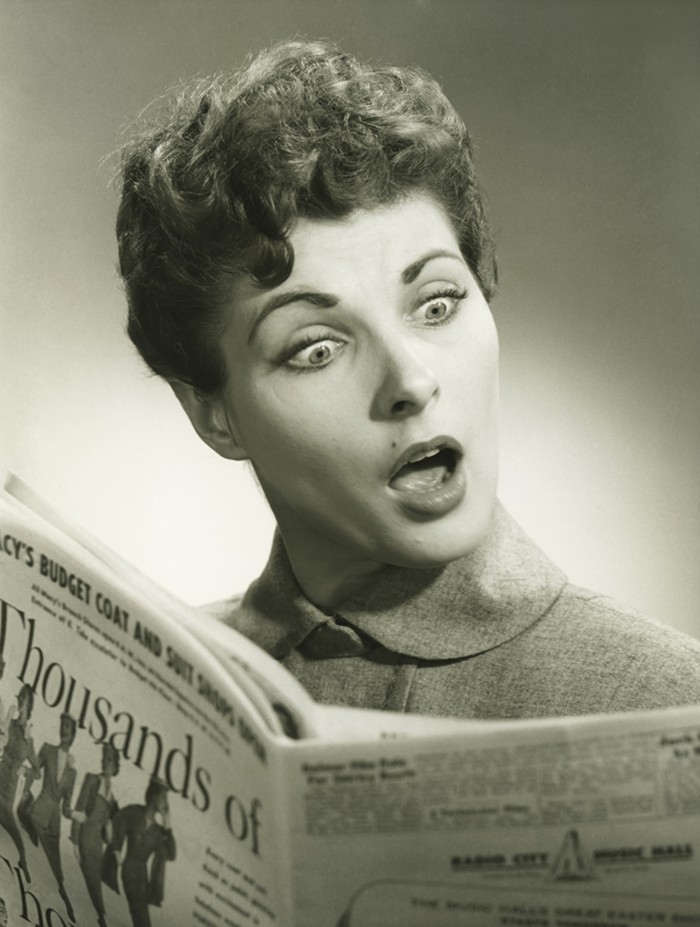Of all the places that epitomize aspects of the challenges downtown Portland has faced in recent years, one of the most emblematic is O’Bryant Square—a formerly award-winning public plaza located at the corner of SW Park Ave. and SW Harvey Milk St. that has been closed for the last five years due to structural issues.
In 2022, the city decided to demolish the structurally unsound parking structure underneath O’Bryant Square and fill it with dirt—clearing the way for a reimagining of the square just in time for the luxury Ritz-Carlton hotel to open nearby in 2024. When complete, the Ritz-Carlton will be located close to the Multnomah County’s Behavioral Health Resource Center, a day center for unhoused Portlanders experiencing addiction or mental health challenges, and other social service organizations in the area.
“The stakes are pretty high in terms of creating a space that is welcoming to everybody, as a park should be—one that can serve and care for folks at one end of the economic spectrum but can also be a lively place for tourists and workers and people who want to come downtown and have fun,” Portland Parks Foundation (PPF) executive director Randy Gragg said.
The demolition of the parking structure is expected to begin this summer at a cost of $4.5 million and will be overseen jointly by the Portland Bureau of Transportation (PBOT) and Portland Parks & Recreation.
The question is what will happen to the square now. To lead that effort, PPF, in partnership with the Center for Public Interest Design at Portland State University, Harvard University’s Loeb Fellows, and Portland Parks & Recreation, has launched a project called “Back to Square One: Rethinking O’Bryant Square.”
The group is hosting a series of public presentations and conversations regarding the future of the space. On Saturday, March 11, the group will present possible square designs to the public at 820 SW Washington St.
When O’Bryant Square was first opened in 1972, featuring a fountain surrounded by roses, it won considerable acclaim for its design—landing an award from the US Department of Housing and Urban Development in 1976.
In the following decades, the plaza lived a number of different lives. It played host to skaters and protest gatherings and served as a place for people to eat from nearby food carts. It also, with behavioral health organizations and addiction services located nearby, developed a reputation as a hangout for drug users and has been referred to in local newspapers both as “Needle Park” and “Paranoid Park.”
In 2018, however, the park’s official role in public life was put on hold. The city found that one of the retaining walls in the parking garage beneath the plaza was structurally unsound and closed both the plaza and the garage.
Since then, with the plaza fenced off, a debate has erupted over the state of Portland’s downtown—both about who it serves and what the city should be doing in its revitalization efforts in the wake of the pandemic.
In the context of those debates and city leaders’ push to draw people back to downtown, the future of the square has taken on an outsize symbolic significance.
“I’m surprised to see how everyone is hoping and dreaming that this small park is going to be the spark, or the catalyst, for the entire downtown,” Susan Chin, the New York-based principal of the firm Design Connects, said. “That’s a very heavy burden.”
Of course, the arguments about the purpose of the downtown area predate the pandemic. In 2019, the city approved a proposal from Marriott to build a luxury Ritz-Carlton hotel and displace the city’s largest food cart pod.
As part of the arrangement, the project’s developer promised to make 20 percent of the residential units in the building affordable for a moderate-income family. Meanwhile, the owners of the nearly 50 food carts that were located on the site, many of whom are immigrants, have struggled to find profitable new homes for their businesses.
According to Portland Monthly, the Ritz-Carlton will include 132 residences priced between $2 million and more than $7 million, with rooms in the hotel starting at $518 per night—all in a zip code where the median household income is $49,708 and several neighboring organizations support people in mental health and addiction crises who are often experiencing housing instability or homelessness.
It’s a tension that people involved in the O’Bryant Square project are well aware of—the task of designing a space that people across class lines want to use in one of the areas of the city where economic divisions will be most starkly visible.
“A lot of what we’re trying to do is find the common ground between the social services and the economic interests,” Gragg said. “Everybody’s bruised. Everybody’s hurting, everybody’s been working really hard, and it’s easy for one side to kind of demonize the other, but this is an opportunity to take a breath, and it’s like, okay: how can we be in this together?”
For Todd Ferry, an architect with the Center for Public Interest Design, early conversations with property owners and representatives from social services organizations suggest they want similar things from the space.
“I think there’s a feeling that these groups from really diverse backgrounds and situations want very different things, but actually, they’re really similar,” Ferry said. “People want an active, lively place that is well-maintained [and] that has opportunities for change.”
Gragg said one of the keys to O’Bryant Square’s success will be getting sustained buy-in from community organizations. The square used to host Potluck in the Park, a Sunday hot meal service, but has not in years.
“We know we need to have an active programming entity,” Gragg said. “We need management—somebody looking after it, somebody bringing life to it.”
The project’s participants can also look beyond Portland for inspiration. Gragg pointed to an example from Atlanta, where a cart with games and activities has been stationed at parks in the city to engage people who are struggling with trauma or mental illness.
Ferry stressed as well that O’Bryant Square presents its share of unique opportunities and challenges. The square is slated to be part of the city’s planned Green Loop through downtown and could benefit from street plazas PBOT is creating on two sides around it, but also has the challenge of facing relatively little residential or retail space.
The success or failure of the new O’Bryant Square may be settled by macro economic and planning factors outside of direct control of the people working on the redevelopment project. As long as Portland’s housing crisis continues, the effects will likely continue to be visible downtown—where Ritz-Carlton developer Walter Bowen has suggested that he won’t include the affordable housing units after all and will pay a fee to the city instead.
But the redesign project offers the city an opportunity to think progressively about what it wants its public space to look like with a plaza that Chin said will be a “pretty blank slate.”
“We’ve got a lot of problems, and we’re not alone in that,” Gragg said. “A lot of cities in the country are experiencing the same social factors. With O’Bryant, we have an opportunity to address them head on.”
















